By BRENDA JOSEPHSON
Freshly caught Alaska seafood with homemade Caesar salad, creates a flavorful, ocean-fresh feast. This combination blends crisp greens with salmon, halibut, shrimp, or crab, making it an ideal choice for a perfect summer dish.
Alaska is abundant this time of year, as our freezers are being filled up with fresh seafood while our gardens reach their peak production. There is nothing quite like savoring the catch of the day alongside a fresh garden salad, showcasing the rich flavors and vibrant textures of summer. Caesar salads topped with the freshest catch provide a healthy way to enjoy the ocean’s bounty.
Caesar salads are incredibly simple to prepare and were traditionally made tableside in restaurants. By preparing your own dressing, you can control the ingredients used, ensuring that you enjoy the highest quality and healthiest options available. With just a few essential ingredients, anyone can create a tasty and healthy dish that highlights the flavors of the season.
The Caesar salad was developed in the 1920s, according to Serious Eats: History of Caesar Salad. Caesar Cardini and his brother Alex Cardini were Italian immigrants who opened up restaurants in Sacramento and San Diego, California, and one in Tijuana, Mexico, named Caesar’s Place. The story goes that the dish was created in 1924 with leftover ingredients after a busy weekend in Tijuana. They prepared the Caesar salad tableside in their restaurant, and it rapidly became popular among American patrons. At that time in history, the availability of imported goods such as olive oil, Parmesan cheese, and canned anchovies allowed the Caesar salad to gain popularity throughout California and beyond.
The combination of crisp romaine lettuce, tangy dressing, and Parmesan cheese created a unique flavor profile that appealed to a wide audience, leading to numerous variations and adaptations in restaurants. Today, Caesar salad remains a staple on menus, celebrated for its versatility and refreshing taste.
The dressing is the key component to the Caesar salad. It typically consists of lemon juice, olive oil, Dijon mustard, egg yolk, garlic, and anchovies, although Worcestershire sauce is sometimes used as a substitute for the anchovies. The ingredients are whisked together in a wooden bowl until they reach a creamy consistency. Pieces of romaine lettuce are tossed in the bowl with the dressing. Once coated, freshly grated Parmesan cheese and croutons are added for a finishing touch. The result is a classic dish that delights the palate and serves as a satisfying accompaniment to a variety of proteins and main courses.
Traditional recipes call for romaine lettuce, but you can use your favorite greens for your own unique twist. The Caesar salads we enjoy are filled with whatever is available in the garden or hydroponic unit, which can include romaine, leaf lettuce, arugula, chard, beet greens, chickweed, and other greens. This approach provides a variety of ingredients, ensuring that each salad highlights the freshest greens available.
Another fun way to add spice things up is by using garlic in different forms. Caesar salads typically use garlic paste, but you can try substituting roasted garlic or honey garlic to create a different flavor profile and add a delightful change. Experimenting with various types of olive oils or substituting anchovies with Worcestershire sauce or fish sauce can elevate the overall experience, transforming a simple salad into a dish that tantalizes the palate.
Preparing Caesar dressing in a wooden bowl is beneficial for achieving the proper emulsification of the ingredients. This method allows the components to blend seamlessly, resulting in a smooth and stable emulsion. Therefore, if you have a wooden bowl on hand, be sure to utilize it.
Caesar salads are simple to prepare, making it easy to enjoy the rich flavors and textures they provide. Making dressings from scratch allows you to select high-quality ingredients and provides the opportunity to customize the flavors to your liking, ensuring that each bite is uniquely satisfying.
Savor the delicious flavors of homemade goodness with your next fresh catch.
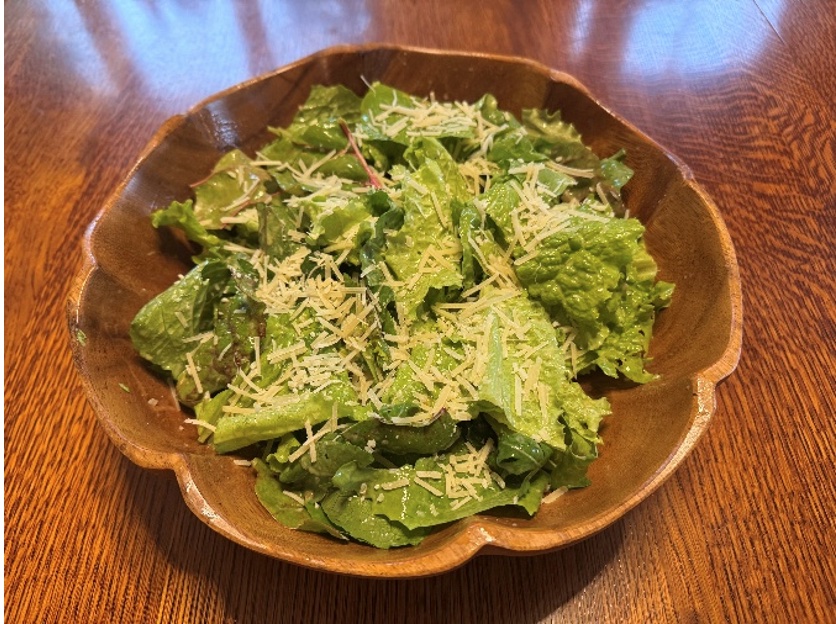
Alaskan Caesar Salad
Ingredients:
12 ounces fresh salad greens of your choice (one large salad bowl full)
1 ½ teaspoon garlic paste
4 small anchovy fillets or 1 ½ teaspoons anchovy paste
(or substitute 1 tablespoon Worcestershire sauce)
1 teaspoon Dijon mustard
1 egg yolk (raw or boiled for one minute)
1 tablespoon lemon juice
3 tablespoons olive oil
¼ teaspoon salt (more or less to taste)
¼ teaspoon black pepper (more or less to taste)
1 or 2 dashes cayenne pepper (optional)
3 tablespoons Parmesan cheese (more or less to taste)
Croutons (optional)
Makes: 4 meal sized servings (8 side salad servings)
Preparation:
Prepare the greens by tearing them into pieces, washing them thoroughly, and drying them completely.
To prepare the Caesar dressing, place the garlic and anchovies in a wooden bowl. Use a fork to mash them together until they form a paste.
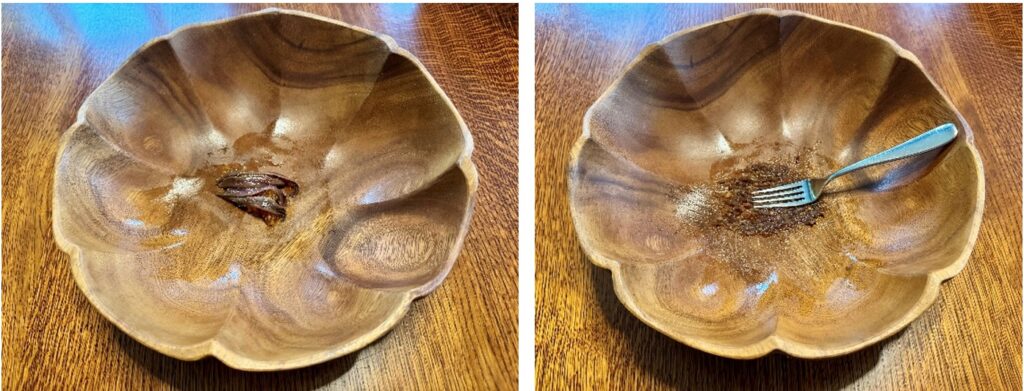
Add the Dijon mustard, egg yolk, and lemon juice to the garlic and anchovy paste. Whisk the ingredients together until the mixture is well combined and begins to froth. Next, begin adding the olive oil by slowly drizzling it in while whisking the mixture. Add the oil gradually, ensuring to mix well before adding more. Once the oil starts to emulsify, you can increase the drizzling slowly, making sure it combines well into a creamy and smooth dressing.
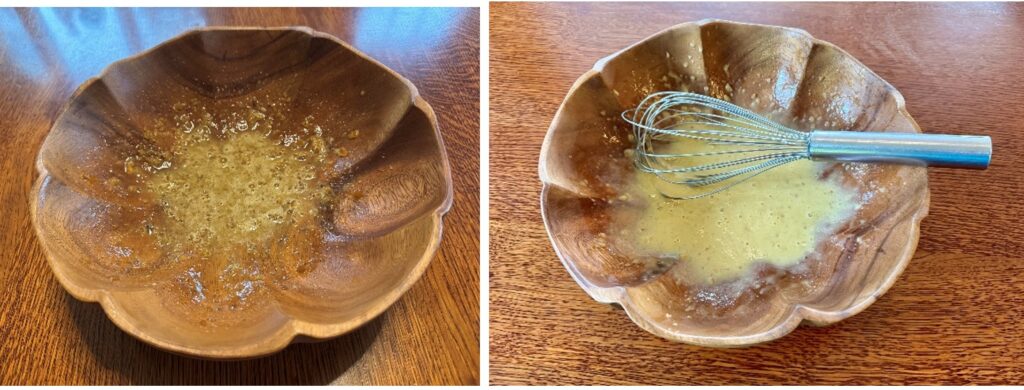
Season with salt, freshly ground black pepper, and cayenne pepper to taste.
Add the greens to the bowl and gently toss them to ensure they are well coated. Garnish with generous amounts of Parmesan cheese and croutons, if desired.
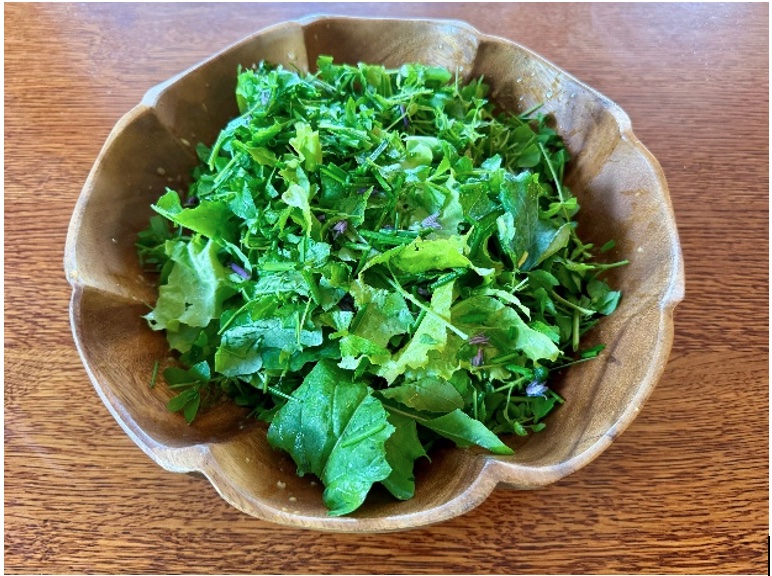
Caesar salad is a versatile dish that pairs well with a variety of seafood, game, and domestic meats. It also serves as a delicious accompaniment to grilled vegetables or can be enjoyed on its own as a light meal. This dish allows for excellent customization by changing ingredients to suit your preferences. You can add options like cherry tomatoes, avocado, or any grilled protein to enhance both the flavor and nutritional value.
Enjoy!
Brenda Josephson is a Haines resident. She holds degrees in Culinary Arts and Food Business Leadership from the Culinary Institute of America, Hyde Park, New York. She enjoys spending time fishing, foraging, and savoring Alaska’s abundance of natural and wild foods with her family. You can contact her by email at [email protected].
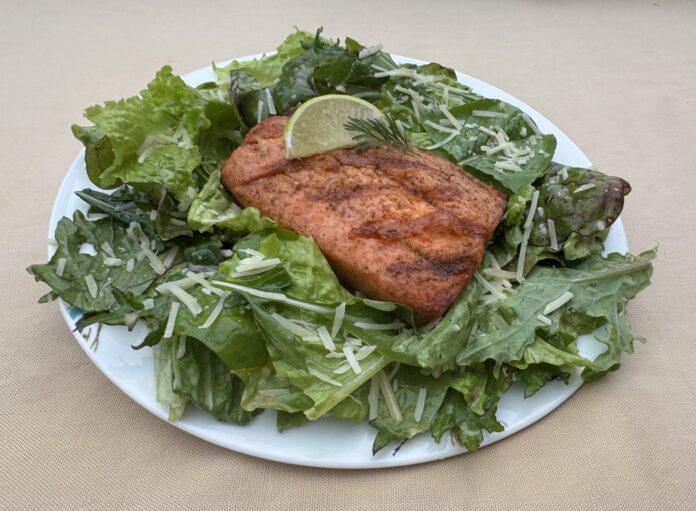
Topped with Smoked Salmon chunks and this is a winning recipe!
Tried a baked fresh caught red salmon filet drizzled with a home made fresh basil oil with the caesar on the side. Incredible!